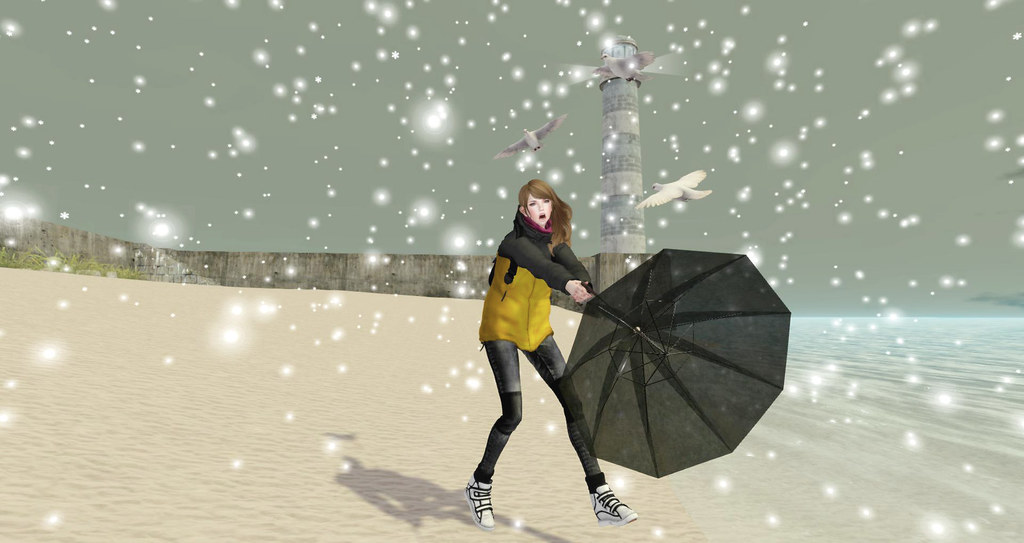Charlie Hebdo is a French satirical weekly newspaper, featuring cartoons, reports, polemics, and jokes. Irreverent and stridently non-conformist in tone, the publication is strongly anti-religious and left-wing, publishing articles on the extreme right, Catholicism, Islam, Judaism, politics, culture, etc. The magazine is published every Wednesday, with special editions issued on an unscheduled basis.
Due to controversial Muhammad-themed cartoons published in 2011, the magazine has experienced two terrorist attacks. A firebombing in 2011, and another shooting attack yesterday on Wednesday January 7, 2015. Twelve people were killed, in the attack by three young male terrorists armed with Kalashnikov's.
---
Social media has reacted strongly against this terrorist attack on free speech,
Sometimes a picture says it better than any writer could. #CharlieHebdo pic.twitter.com/OP6h1YZUWs
— J.K. Rowling (@jk_rowling) January 7, 2015
A terrible day for all cartoonists. #JeSuisCharlie pic.twitter.com/Ksbl89WLsE
— Magnus Shaw (@TheMagnusShaw) January 7, 2015
Can't sleep tonight, thoughts with my French cartooning colleagues, their families and loved ones #CharlieHebdo pic.twitter.com/LqIMRCHPgK
— David Pope (@davpope) January 7, 2015
#CharlieHebdo pic.twitter.com/jIBbrIShe8
— Francisco J. Olea (@oleismos) January 7, 2015
"More cartoonists tomorrow" ! by Banksy #JeSuisCharlie (via #banksy fb page) pic.twitter.com/C2cGXUFnXn
— Pierre Morel (@pierremorel) January 7, 2015









